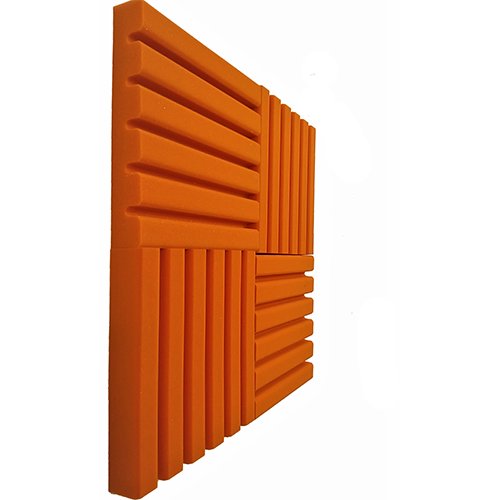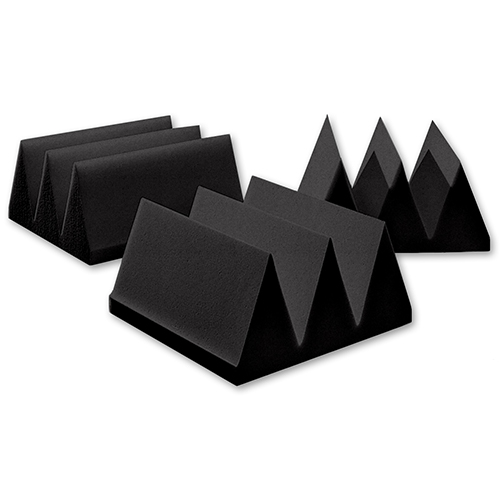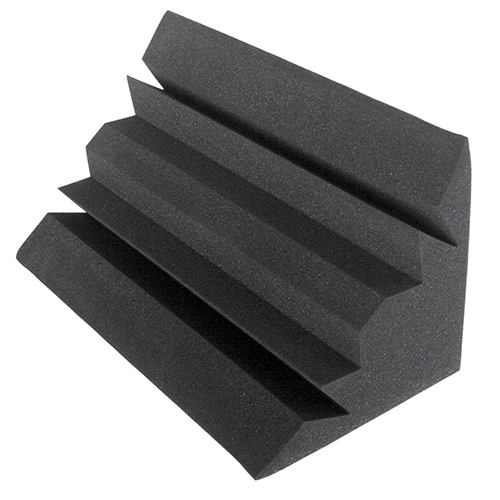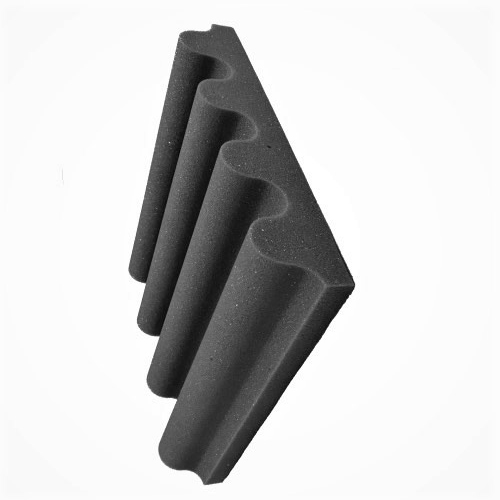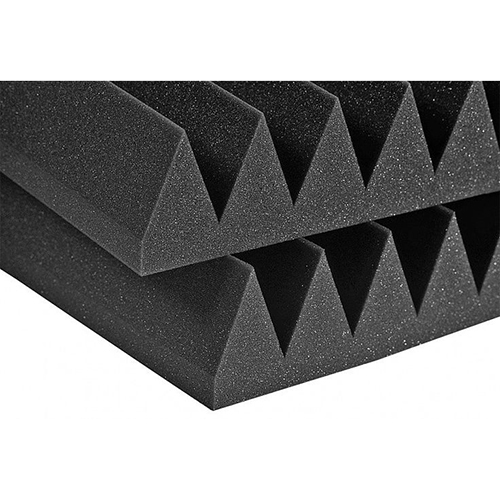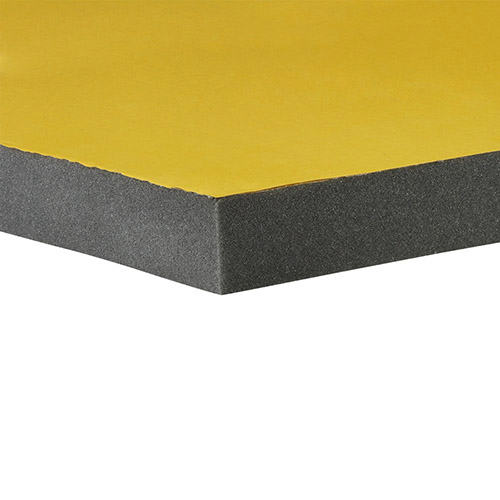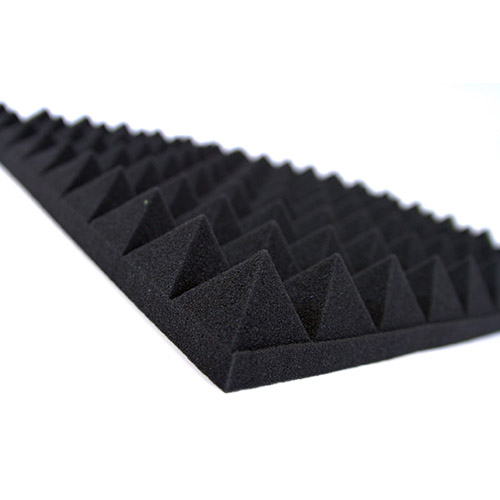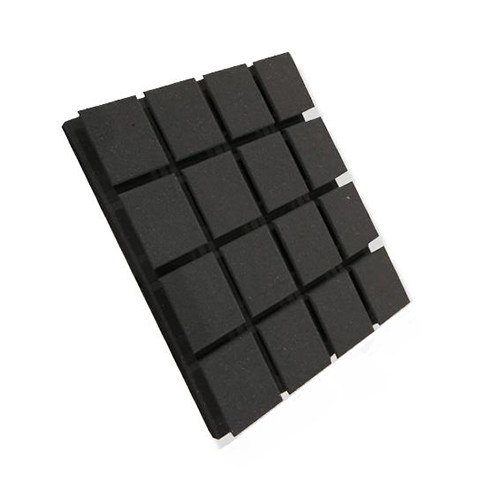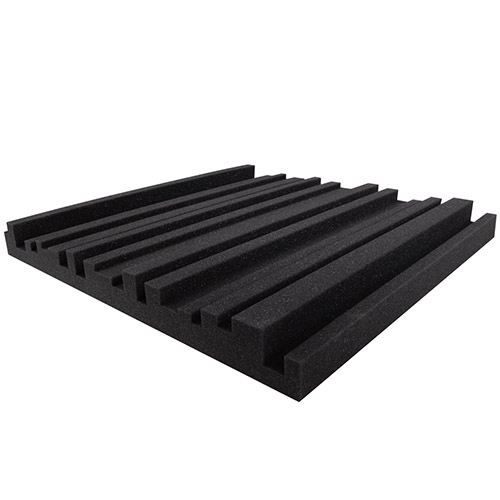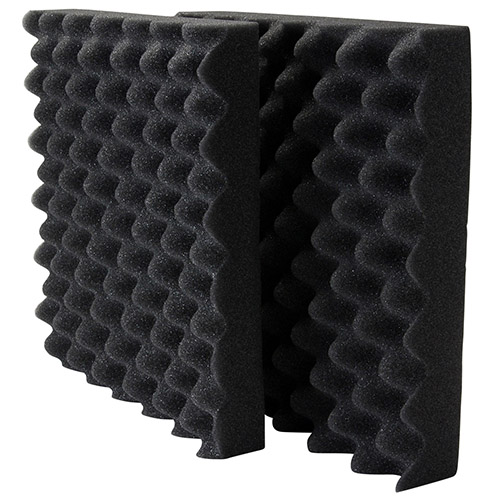Acoustic foam, also known as sound-absorbing foam or soundproof foam, is a material used to reduce unwanted noise and improve sound quality in various environments. It is designed to absorb sound waves by converting sound energy into heat energy through its porous structure.
Here are some key points about acoustic foam:
Structure::
- Acoustic foam typically consists of open-cell polyurethane foam, which is lightweight and has a porous structure. The foam is characterized by its irregular patterns and shapes, such as wedges, pyramids, or egg crates. These shapes help to disrupt and absorb sound waves.
- Sound absorption-: Acoustic foam is effective in absorbing high and mid-range frequencies, which are commonly associated with echoes, reverberation, and standing waves. When sound waves pass through the foam, they enter the open cells and encounter resistance, causing the energy to be converted into heat rather than being reflected back into the room.
- Noise reduction coefficient (NRC): : The NRC is a rating used to measure the sound absorption capabilities of materials. Acoustic foam typically has a high NRC, indicating its effectiveness in reducing sound reflections. Higher NRC values, ranging from 0 to 1, indicate better sound absorption.
- Applications: Acoustic foam is commonly used in various settings, including recording studios, home theatres, music practice rooms, offices, conference rooms, and other spaces where noise control and sound quality are important. It helps to reduce reverberation, echo, and background noise, resulting in clearer sound and improved acoustics.
- Installation:Acoustic foam panels are usually affixed to walls, ceilings, or other surfaces using adhesive or mounting hardware. It’s important to note that acoustic foam primarily absorbs sound within a room but may have limited impact on blocking external noise transmission. To achieve comprehensive soundproofing, additional measures like soundproofing insulation and sealing gaps may be necessary.
Remember, while acoustic foam can significantly improve the acoustics of a room, it is just one component of a comprehensive soundproofing strategy. Combining it with other soundproofing techniques can yield better results in reducing noise transmission.

